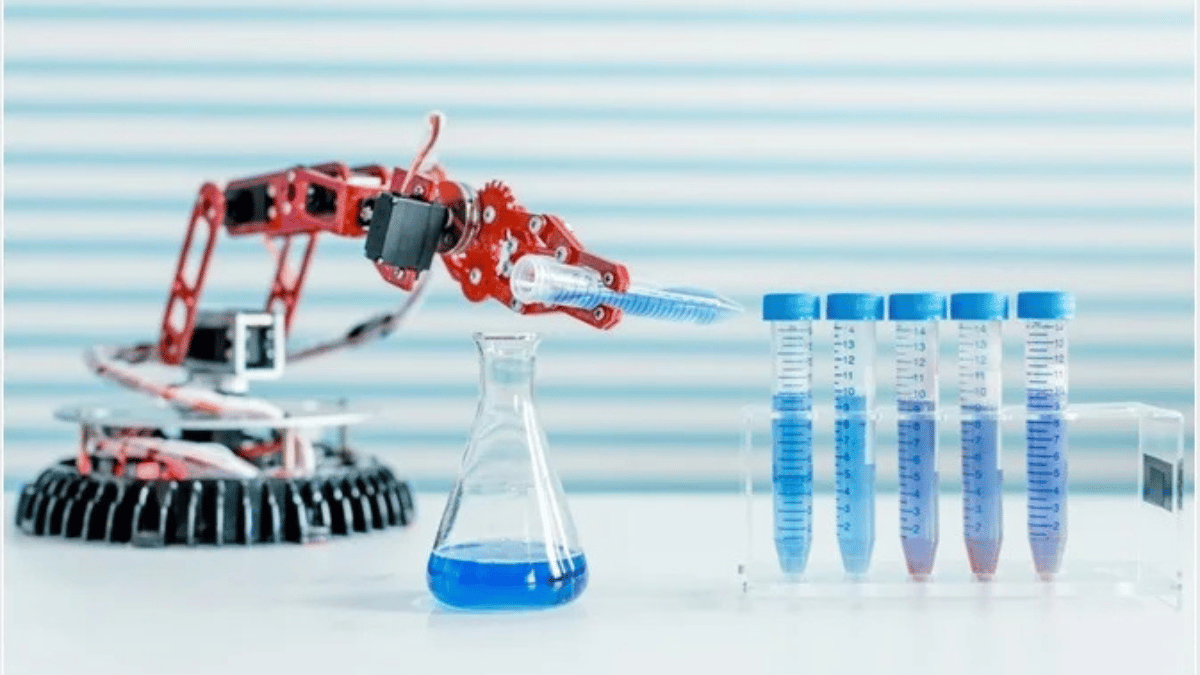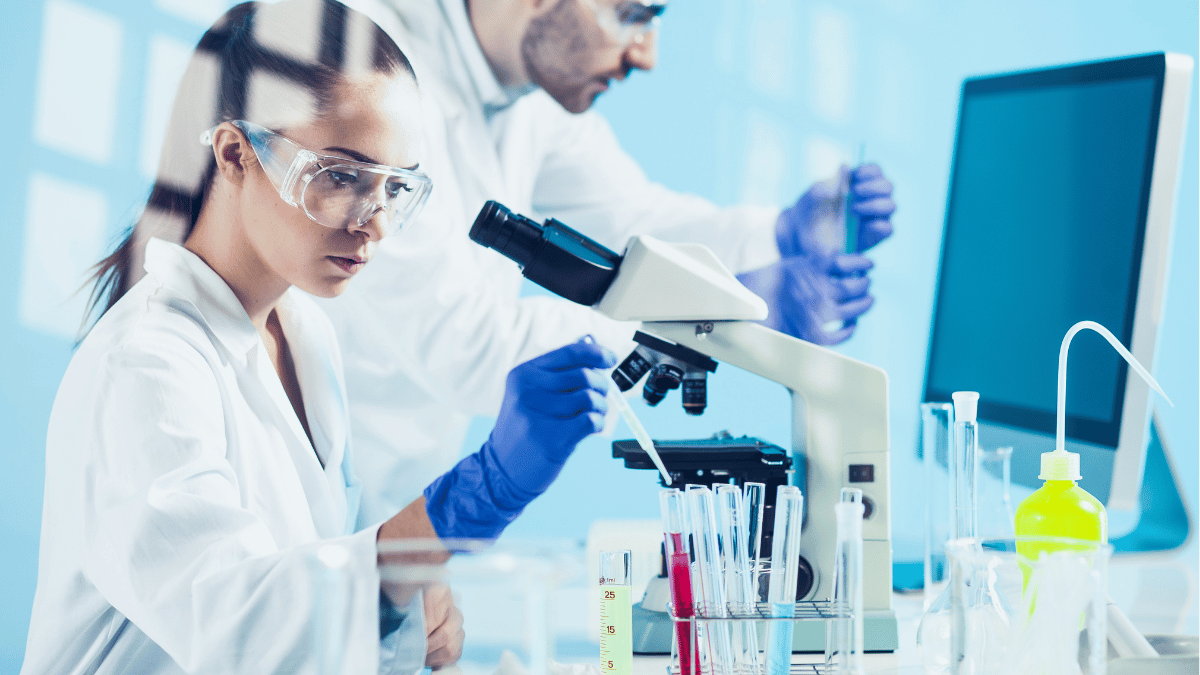Lab 4.0: Exploring the Growth of Laboratory Automation Technologies

Strong 8k brings an ultra-HD IPTV experience to your living room and your pocket.
Introduction: The Digital Evolution of the Laboratory
As industries across the globe embrace digital transformation, laboratories—once dominated by manual methods—are now turning to automation to enhance precision, productivity, and scalability. Laboratory automation has evolved into a key driver of efficiency in research, diagnostics, and drug development. From robotic sample handlers to AI-integrated data analysis systems, the modern lab is becoming a hub of innovation and intelligence.
What Is Laboratory Automation?
Laboratory automation Industry refers to the use of technology to streamline laboratory operations such as sample preparation, testing, data collection, and analysis. These systems minimize human intervention while increasing repeatability, reducing errors, and speeding up results. Whether in pharmaceutical labs, clinical settings, or environmental testing centers, automation has become integral to scientific success.
Drivers Behind the Automation Boom
Several factors are accelerating the adoption of lab automation across industries:
Rising Demand for High-Throughput Testing: Especially in genomics and clinical diagnostics, labs are required to process thousands of samples daily.
Need for Data Accuracy and Reproducibility: Automated systems reduce the variability often introduced by manual processes.
Workforce Shortages: Automation helps mitigate staff shortages in healthcare and research settings by handling routine or repetitive tasks.
Integration of AI and IoT: Smart lab devices now offer predictive maintenance, real-time monitoring, and advanced analytics.
Applications Across Industries
Laboratory automation is no longer limited to biotech giants. Its reach now extends across a broad spectrum of industries:
Healthcare & Diagnostics: Automating blood tests, genetic analysis, and pathology workflows.
Pharmaceutical Research: Accelerating drug discovery and toxicology studies.
Environmental Testing: Automating water and soil sample testing.
Food & Beverage: Ensuring food safety through streamlined microbiological testing.
Key Components of a Smart Lab
Today's smart labs are built on integrated systems such as:
Robotic Arms and Liquid Handlers
Automated Storage & Retrieval Systems
Laboratory Information Management Systems (LIMS)
AI-Powered Analytical Tools
Cloud-Based Data Platforms
These components work together to deliver seamless end-to-end lab workflows—from sample intake to final report generation.
Challenges and Considerations
Despite its transformative potential, the implementation of laboratory automation isn’t without challenges:
High Initial Investment: Equipment and software costs can be significant.
Integration with Legacy Systems: Merging new tech with older infrastructure often requires customization.
Training and Skill Development: Lab technicians need upskilling to manage and maintain automated systems.
Data Security and Compliance: Protecting patient or research data in cloud-connected labs remains a top priority.
The Road Ahead
The future of lab automation is promising, with the emergence of fully autonomous labs already being tested in pilot projects. Advances in machine learning, edge computing, and synthetic biology will only deepen automation’s role. As labs become more connected, collaborative, and intelligent, we can expect faster breakthroughs and more reliable results across scientific domains.
According to expert market research analysts, the laboratory automation landscape is on a transformative journey. Strategic partnerships between tech firms, healthcare providers, and research institutions are expected to shape the next wave of innovations. Custom solutions tailored to small and mid-sized labs are also gaining traction, democratizing access to automation tools.
Laboratory automation is more than a trend—it's a critical shift toward precision, speed, and innovation. As labs strive to meet increasing demands for accuracy and efficiency, automation offers a path to future-proofing scientific workflows.
Whether you're a researcher, healthcare provider, or tech developer, embracing automation isn't just about keeping up—it's about leading the next frontier in science.
Note: IndiBlogHub features both user-submitted and editorial content. We do not verify third-party contributions. Read our Disclaimer and Privacy Policyfor details.







